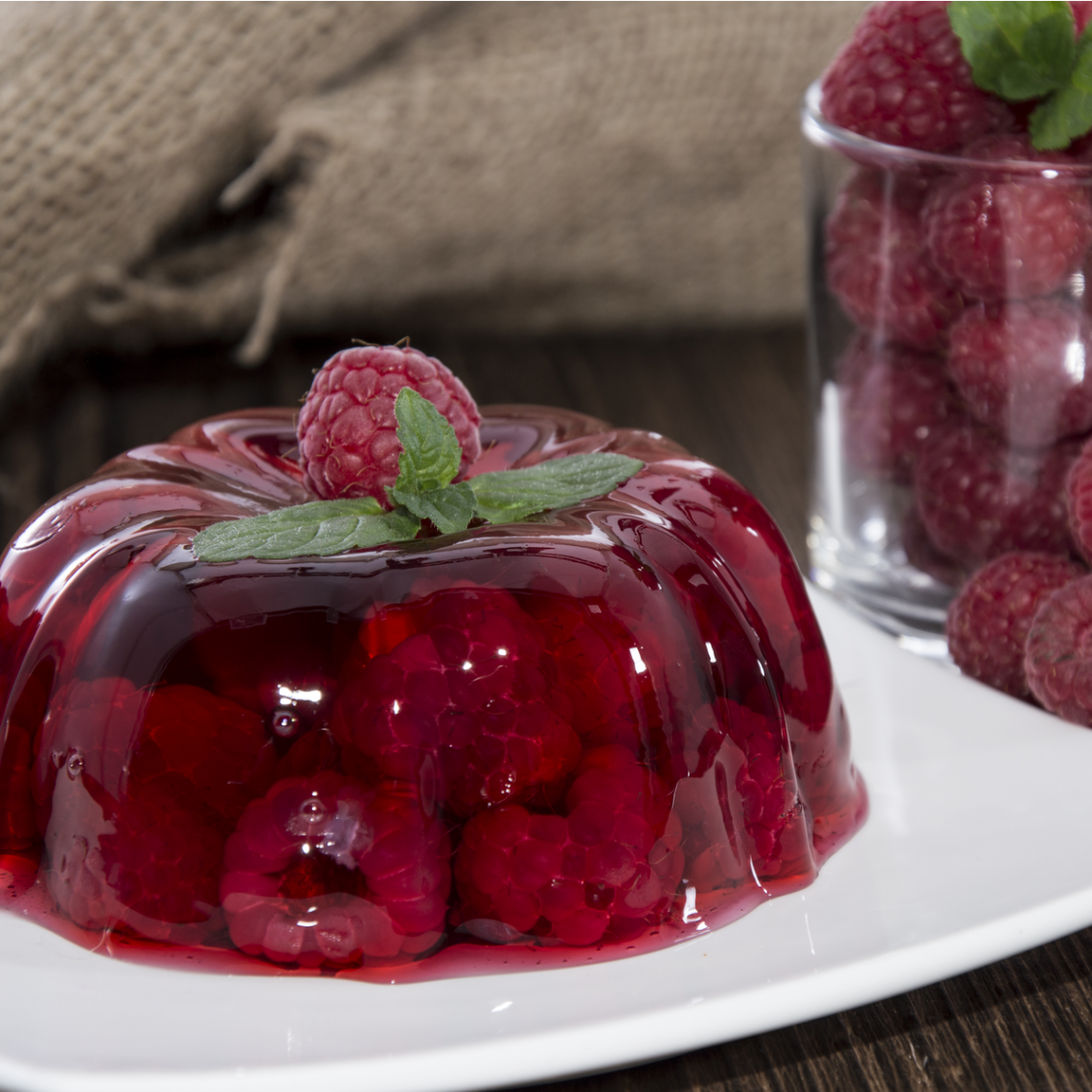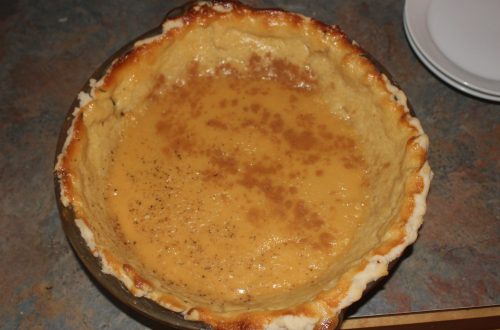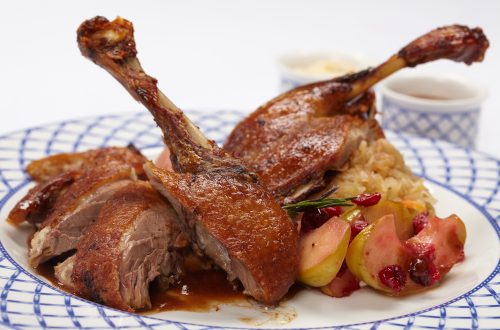
Jell-O: A Legend in Its Time
There’s Always Room for Jell-O. Well, maybe not anymore. That 1964 advertising slogan, well remembered by those of a certain age, was introduced to help sell Jell-O as a “light dessert” after a heavy meal. And the 1950s and 60s were the time in my youth where this jiggly concoction of mostly sugar and pure protein showed up in various forms at every family and church potluck. After all, I grew up in an area where Jell-O was considered a vegetable, even though most of the add-ins were fruit.
The origin story
Gelatin, a glutinous material extracted from animal bones, was once considered a sign of wealth in the 17th and 18th centuries because it took hours to extract and clarify before turning it into fancy aspics or molded desserts. In 1894, Charles Knox developed the first pre-granulated gelatin. About the same time, a Leroy, N.Y. cough syrup manufacturer with business troubles decided to branch out into the food industry by adding fruit syrups to gelatin. The powder he concocted was 88 percent sugar, and his wife renamed the dessert Jell-O. However, they were not skilled marketers, and sold the product in 1899 to Orator Francis Woodward for $450. Woodward began sending out salesmen to country fairs and church socials with samples, and the product took off.
Mixed media
The attraction for Jell-O was always visual. The translucent colored gelatin allowed diners to see what was captured inside. Some of the add-ins would sink in the mold (seedless grapes or fruits in heavy syrups such as cherries or fruit cocktail), while others would tend to float toward the top (bananas, grapefruit and orange sections, strawberries), all before the mixture finally gelled in the refrigerator.
Some favored potluck offerings were sought out – the strawberry Jell-O with strawberries and marshmallows covered with whipped cream, or even raspberry Jell-O with crushed pineapple, cranberry sauce, and chopped walnuts. However, the one concoction that most of my kid friends avoided was the dreaded lime Jell-O with grated carrots, raisins, crushed pineapple, and sour cream. That particular “salad” lasted through the potluck night.
Sometimes, Jell-O made its way to the dessert table in both molded fashion as well as in pies. My grandmother had a recipe she called Broken Glass Pie in which she filled a pie shell with orange, strawberry, and lime Jell-O pieces all mixed together with Cool Whip and plain gelatin to form a multicolored pie filling.
A colorful tale
I bring up Jell-O this time of year because of one of my youngest sister Ellen’s best family stories. As she tells it, it seems that one Christmas when infused with the spirit of the season, she got “the idiot idea” to make red and green Jell-O, put it in plastic champagne glasses, and transport it to visit three different Grandmas. The Jell-O, chilled in red and green Christmas-colored layers, looked festive in the champagne flutes. Once ready for transport, she placed them on a tray and instructed her two young sons, Mark and Todd, to carefully hold the tray as they drove over the gravel roads and through the countryside to the first Grandma house.
Unfortunately, her husband hit a series of potholes in the rural road as my sister sat on the passenger side, shivering in the cold. Meanwhile, in the back seat, Mark and Todd, through no fault of their own, tried desperately to maintain order as the green and red flutes began to do backflips, cartwheels, and ultimately, vaulting to the ceiling of the car. The Jell-O carnage was decisive, and the boys tried valiantly to stifle the laughter, knowing their mother’s mood. She never made Jell-O again.
This Christmas story happened about the same time that Jell-O began disappearing from most family menus. While it was universal in my mother’s 1950s pantry, I have not made a Jell-O dish in over 50 years. And Mrs. Farmboy is just fine with that.
How about you? Any fun Jell-O stories? You could always send them to the Jell-O Museum in Leroy, N.Y., not too far from Rochester (admission $5 adults, children $1.50, five and under, free). And by the way, as you’re watching the annual re-broadcast of The Wizard of Oz: that “horse of a different color” in the City of Oz was actually six horses sponged down with – you guessed it – Jell-O. No animals were harmed in the making of the film.
To comment, please click on “Read in Browser” or on the headline to view the blog on the website. You can log in and comment at the end of the blog to share your thoughts and start a discussion.
If you’d like to share the blog, click on the Facebook icon or one of the others. Thanks!




